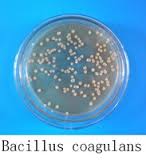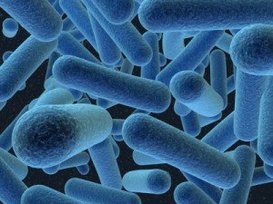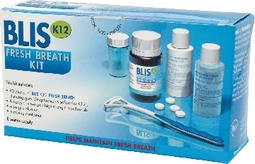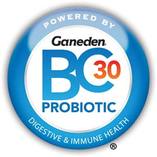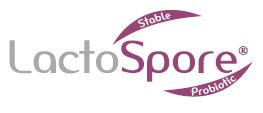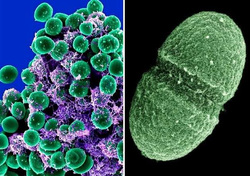
Prebiotic fiber such as oligofructose can help recover a failing gut colony of Akkermansia muciniphila. So can fish oil - its consumption increases populations of both Akkermansia and Lactobacilli. Akkermansia can be found in human milk. animal food sources, "beneficial" parasitic worms.
